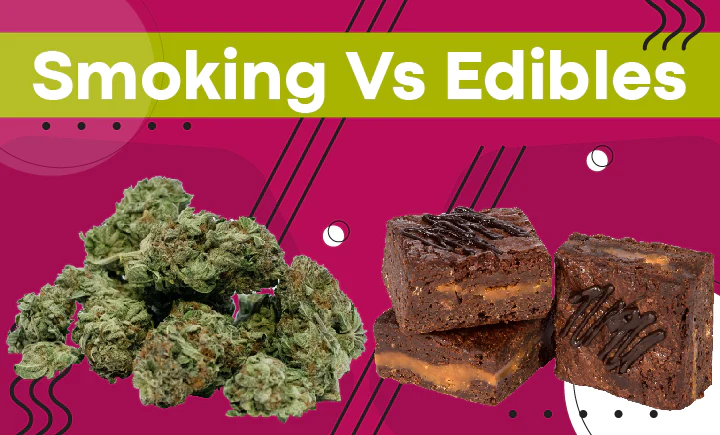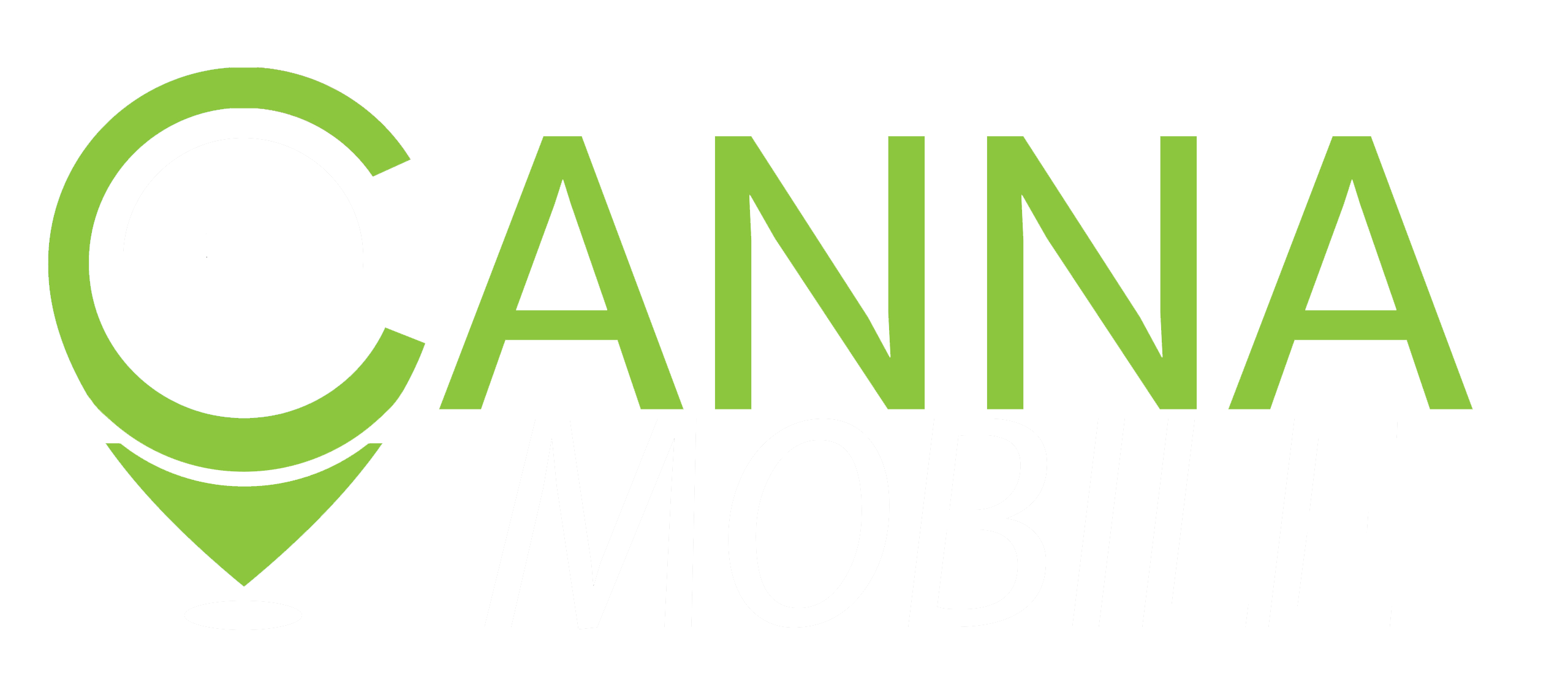In the realm of cannabis consumption, smoking and edibles stand as two titans, each offering a unique experience and set of effects. Whether you’re a seasoned enthusiast or a curious newcomer, understanding the distinctions between these methods is crucial for making informed choices about your cannabis journey. Let’s delve into the five key differences between smoking and edibles:
- Delivery Method: Smoking involves inhaling the smoke produced by burning dried cannabis flower or concentrates. This method delivers cannabinoids like THC and CBD directly into the bloodstream through the lungs, resulting in rapid onset of effects, typically within minutes.On the other hand, edibles encompass a wide range of cannabis-infused products, such as brownies, gummies, chocolates, and beverages. When ingested, cannabinoids are metabolized by the liver, converting THC into a more potent form called 11-hydroxy-THC. This process delays onset time, often taking anywhere from 30 minutes to two hours to feel the full effects.
- Duration of Effects: Smoking offers a relatively short-lived high, typically lasting between one to three hours, depending on factors like potency and individual tolerance levels. The rapid onset and decline of effects make it easier to gauge and control the experience.In contrast, edibles provide a prolonged and more intense high that can last upwards of six hours or longer. The delayed onset and extended duration require patience and careful dosing to avoid overconsumption, as effects can intensify over time, leading to potentially overwhelming experiences.
- Dosage Control: One of the most significant differences between smoking and edibles lies in dosage control. With smoking, users have greater control over their intake, as they can easily monitor the amount of cannabis consumed with each inhalation. This allows for more immediate adjustments to achieve the desired level of intoxication.Edibles, however, pose a greater challenge in dosing due to the delayed onset and variability in individual metabolism. Misjudging the potency or consuming too much can result in unpleasant effects such as anxiety, paranoia, and nausea. It’s crucial to start with a low dose, wait for the full onset of effects, and gradually increase as needed.
- Health Implications: Smoking cannabis involves inhaling combusted plant material, which can irritate the respiratory system and may pose risks similar to smoking tobacco, such as bronchitis and lung inflammation. While some users prefer the ritualistic and immediate effects of smoking, others may opt for alternative methods to minimize potential health concerns.Edibles offer a smoke-free alternative that eliminates the risks associated with inhaling smoke. However, consuming high doses of edibles can lead to digestive issues and discomfort, especially for inexperienced users. Choosing healthier edible options, such as low-sugar or vegan alternatives, can enhance the overall cannabis experience.
- Onset Time and Convenience: Smoking provides instant gratification, making it a popular choice for recreational users seeking immediate effects. Its portability and simplicity make it convenient for on-the-go consumption, whether at home or social gatherings.In contrast, edibles require more planning and patience due to their longer onset time. They’re ideal for users looking for a discreet and long-lasting high without the need for frequent dosing. Pre-packaged edibles offer convenience and precise dosing, making them suitable for individuals seeking consistent experiences.
In conclusion, the choice between smoking and edibles ultimately boils down to personal preference, lifestyle, and desired effects. Whether you prefer the rapid onset and ritual of smoking or the extended duration and discretion of edibles, understanding these key differences empowers you to make informed decisions and enjoy cannabis responsibly. As always, moderation and mindfulness are paramount for a safe and enjoyable cannabis experience.

 New Arrivals
New Arrivals
